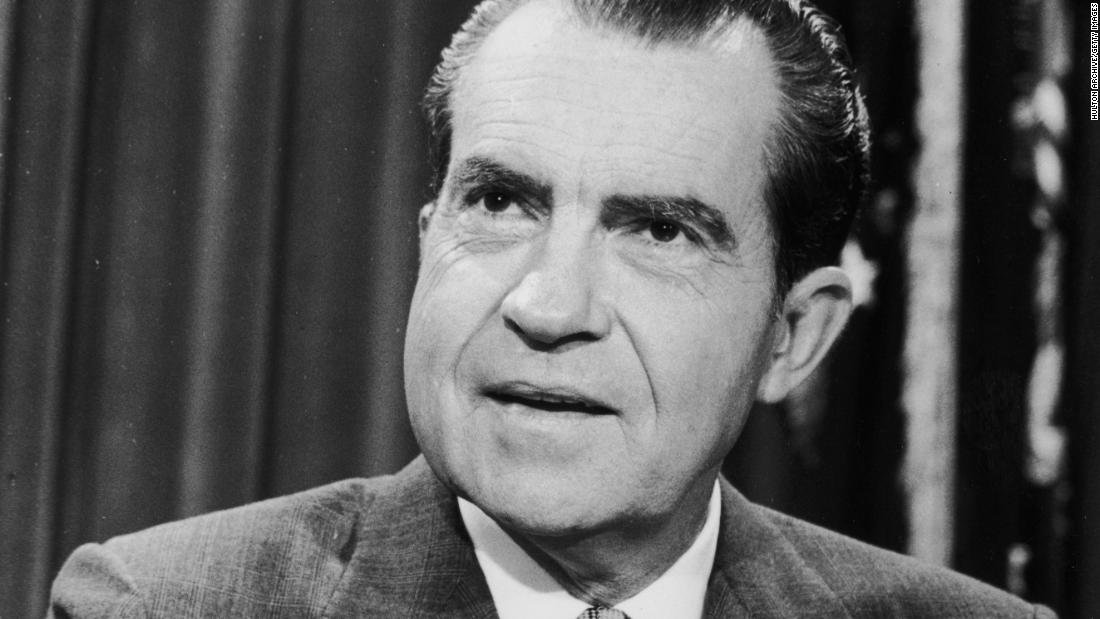History
What is this resource and what is its purpose?
The History articles within of The Saint Louis Story provides short summaries - based on scholarship - of key moments in U.S. and St. Louis history that illustrate how ideas around race have influenced the social, political, legal, and cultural development of our nation from its inception. We contend, as do many prominent historians, that belief in Black racial “inferiority” and White racial “supremacy” have shaped our nation as these concepts developed alongside understanding of freedom and democracy.
Each history article is a snapshot. These snapshots are not intended to be comprehensive. Instead, we intend to offer viewers an opportunity to engage with questions and historical insights they may not have previously been exposed to or considered. We provide an overview and build an argument that we hope become the jumping off point for deeper study. Where possible we have referenced and used Black scholars to highlight their important work in the telling of our nation’s history.
Who is our audience?
Students, St. Louis community members, and the general public will find all of the resources on The Saint Louis Story interesting and valuable. In the History section, we have included headings below for students and community members that highlight material geared for or created by these users. At the bottom of each history vignette we also provide additional resources for our diverse audiences.
Students
This header highlights materials geared for middle and high school as well as college students. Community members may also find these resources valuable.
Community Members
This header highlights materials geared for or created by community members. Middle and high school students as well as college students may also find these resources valuable.
1969: Housing Crises
The 1970s were marked by continued social unrest due to the Vietnam War and to inequities African Americans faced in housing, education, employment, and the judicial system. Lacking the “generational wealth” that resulted from the asset accumulation related to home ownership made possible by the GI Bill, most African Americans faced an increasing number of obstacles generated and maintained by a white-centered culture.
1970: Nixon’s War on Drugs
Race uprisings in the late 1960s and ongoing demonstrations against the war in Vietnam left many American voters feeling uncertain and afraid of the future. Richard M. Nixon, the Republican presidential candidate from California, played on these fears by inventing a “war on drugs,” which targeted war demonstrators and African Americans.
1970: “Hiding the Poor”
In addition to freeway construction, corporate-driven “redevelopment” projects, supported by local banks and powerful businesses like Anheuser-Busch and McDonald Aircraft, began work on “a metropolitan research corridor with St. Louis City’s Central Corridor as its epicenter.”
1970: Employment Challenges
While housing remained structurally aligned against African Americans, unemployment also grew.
1980: Criminal Justice Inequity
Until the 2010 Fair Sentencing Act, the sentencing disparity between crack (a concentrated form of cocaine used more by black urban populations) and powdered cocaine (used more by suburban white populations) was 100:1. That is, defendants convicted of possessing five grams of crack might receive a minimum five-year mandatory sentence while defendants convicted of possessing five hundred grams of powdered cocaine might face the same sentence.
1986: Education’s Re-Segregation
While Brown vs. Board of Education had ostensibly desegregated schools, the segregation existing in residential neighborhoods meant that educational institutions would, on the whole, remain disproportionately black or white. As reported by Bonilla-Silva (2018), researchers noted “a trend beginning in 1986 toward a resegregation of U.S. schools. As a consequence of resegregation during the decade of the 1990s, U.S. schools were more segregated in the 2000-2001 school year than in 1970.”





